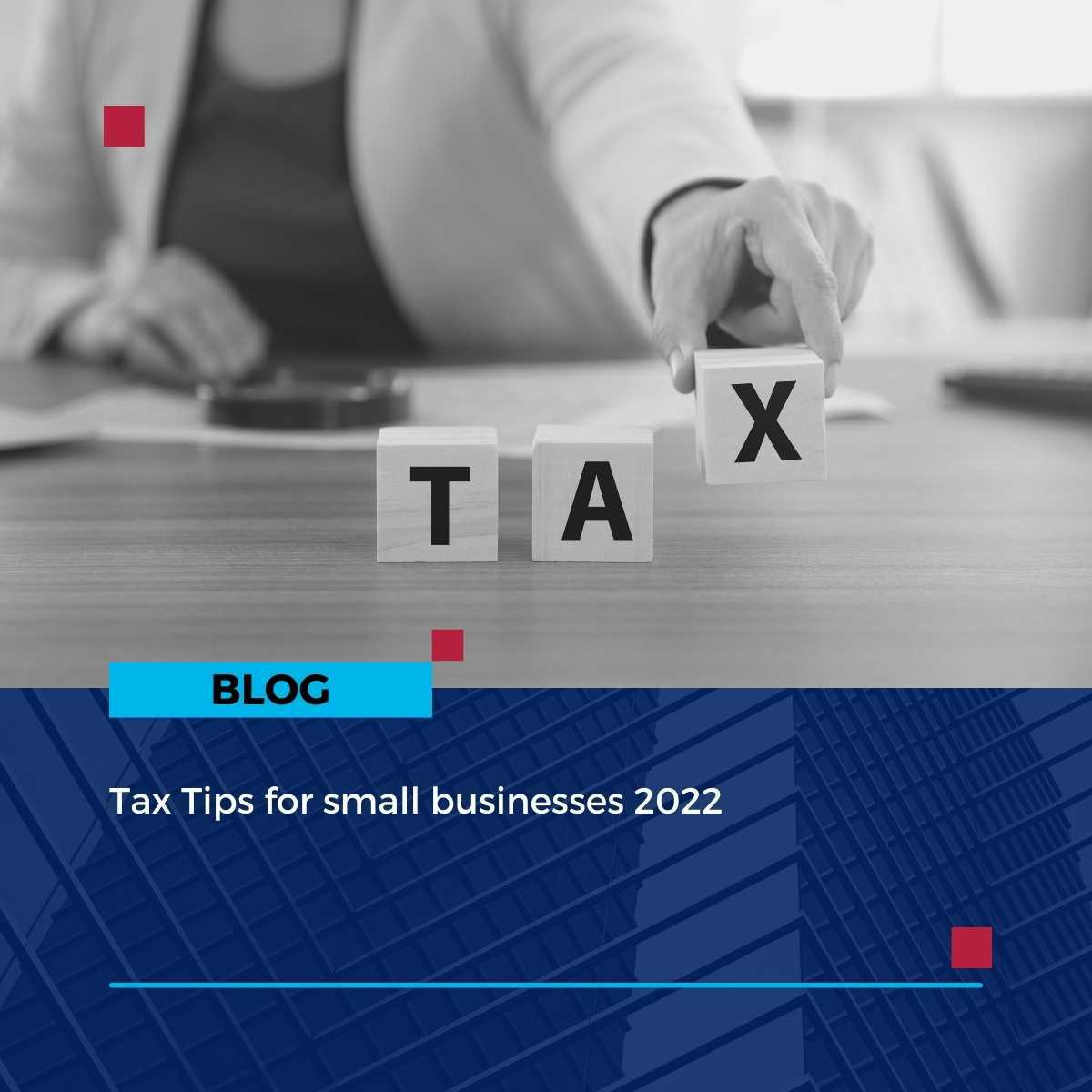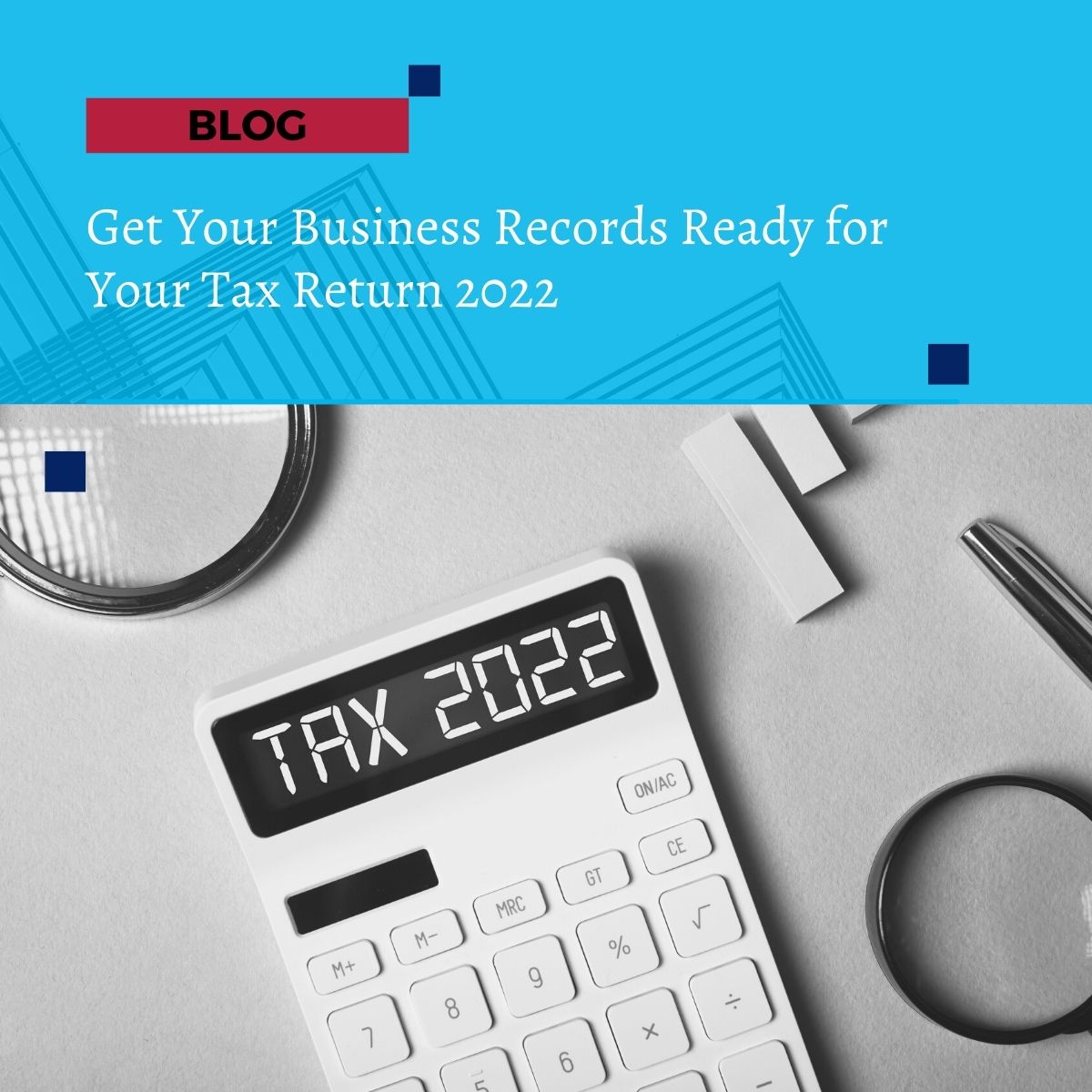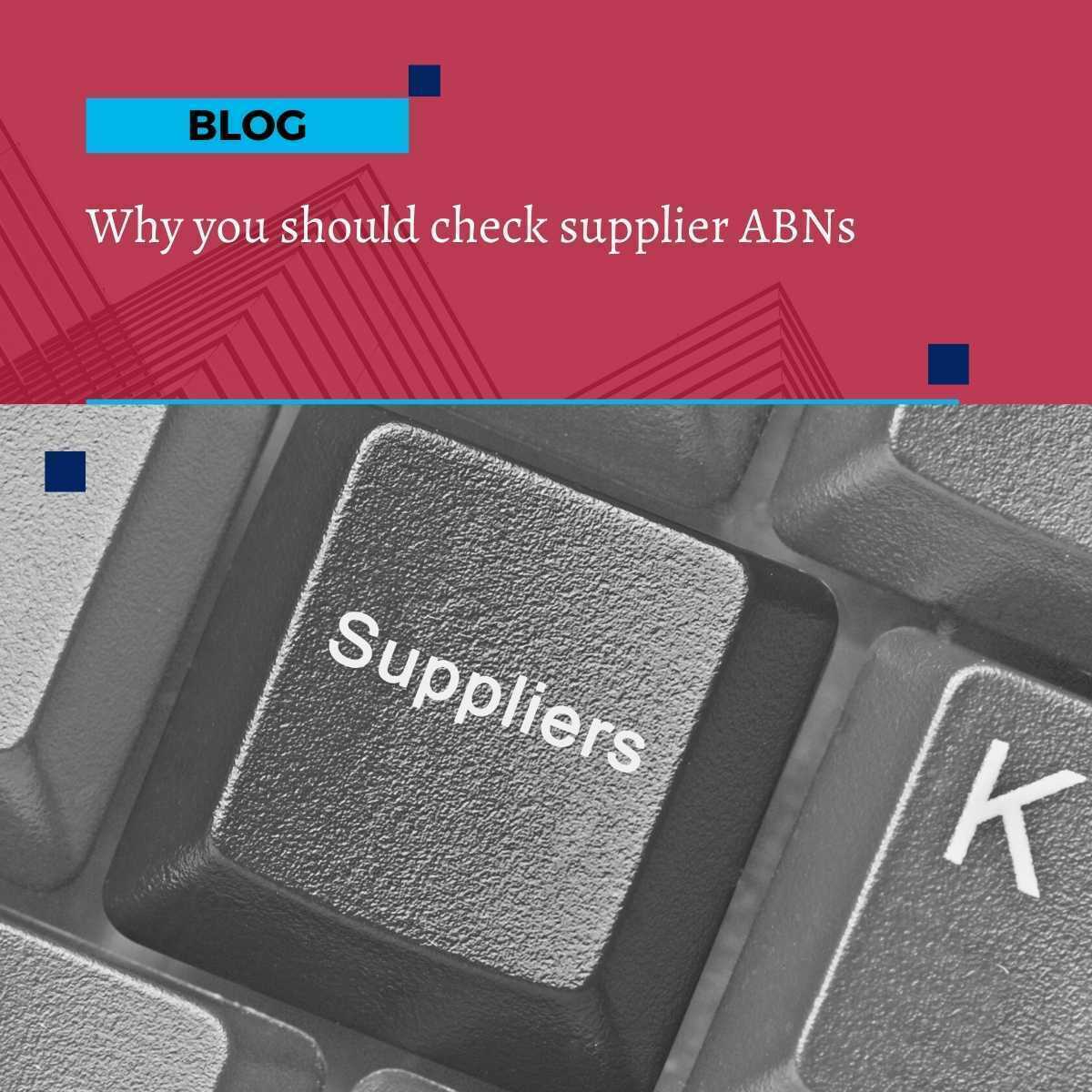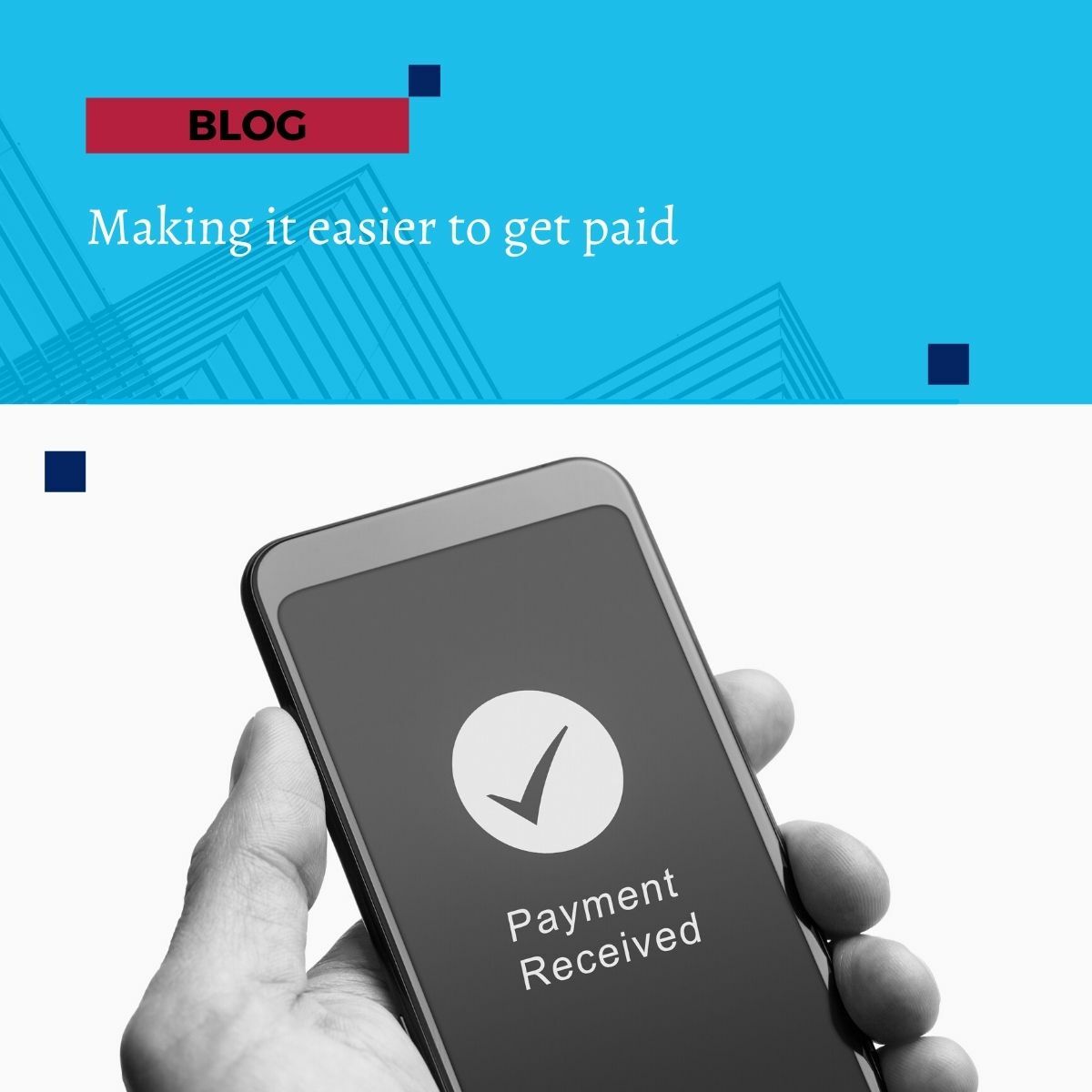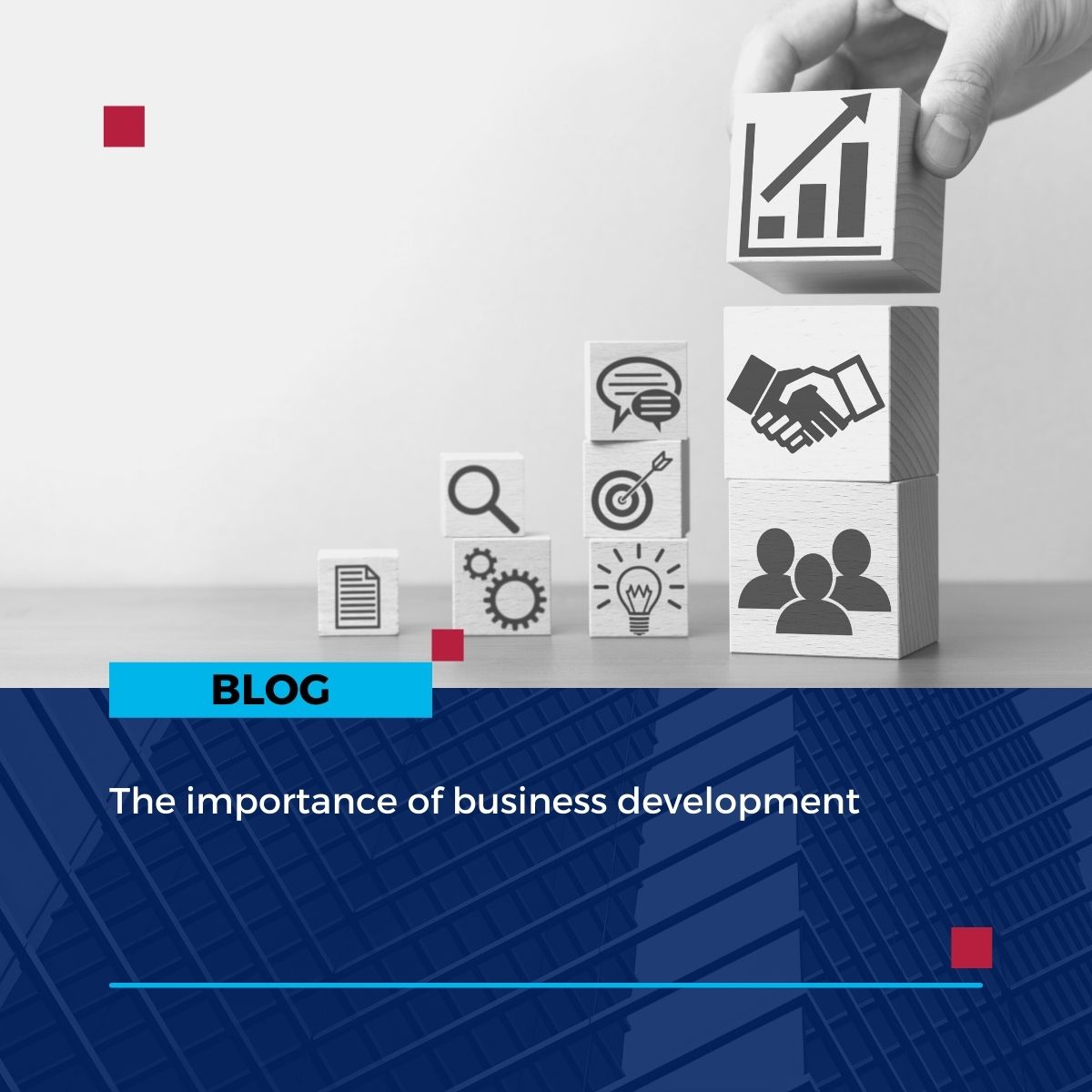Making it easier to get paid
Making sure you get paid on time is crucial to your success.
The process of making sales and generating revenue lies at the heart of any business model. But you can't manage your cashflow effectively or raise any profits if customers don't actually pay their invoices.
The easier you can make it for customers to pay you, the faster you'll see cash coming into the business. That’s good news for your financial position, your ability to cover your operational costs and your capacity to fund the growth and expansion of your business.
So, how do you speed up those payments and make sure you get paid on time?
Set out clear payment terms
Your payment terms are the starting point for healthy payment times.
These terms set out when you expect to be paid and form a legally binding contract with the customer.
You may expect immediate payment on receipt of the invoice. Or you might set out a specific number of days that the customer has to pay the invoice (generally 30, 60, 90 or 120 days, depending on your industry). This is sometimes called ‘trade credit’ and allows your customers to pay for goods and services at a later, pre-agreed date – helping them to spread the cost.
Your payment terms should also include details of any late payment penalties.
If the customer doesn’t meet your agreed payment times, most businesses will add a 1% to 1.5% monthly late payment fee to the outstanding bill. This acts as a great incentive for the customer to pay the bill, before the penalty fees start mounting up.
Invoice customers as soon as you can
In a business-to-consumer (B2C) environment, your customers will generally pay for their goods and services immediately. But when you’re working in the business-to-business (B2B) world, you’ll need to send your customer an invoice, asking for the money to be paid.
A customer can’t settle their bill until you send them an invoice. So, it’s vital to send out the invoice as quickly as possible, so you can minimise the gap between doing the work and being paid for the work.
In some industries, the project will be broken down into multiple invoices, paid across a period of time. This makes it easier for the customer to pay, and means you (as the supplier) don’t have to complete the project before receiving the money you’re owed.
Ideally, you want your invoices to go out as early as possible. This allows your payment terms to kick in and makes it easier to predict when cash will be coming into the business.
Be organised about your payment admin
Getting paid is a process – and the more organised you make the process, the quicker the payment will be received.
When you send out the invoice, make sure you send it to all the relevant people in the payment chain. This will usually be:
- Your main contact at the client – the person who you usually deal with
- The person who will approve the bill – the person who will green-light the payment
- The finance team – the person (or people) who will actually action the payment.
It’s also a good idea to quote any relevant purchase order (PO) numbers that the customer has raised, and to give a very clear description of the work done, or the goods purchased.
Embrace the available payment technology
Invoices used to be hard-copy printed bills, but in the digital age the vast majority of companies will send out e-invoices.
Electronic invoices are easy to raise (usually from your accounting software or project management app) and can be emailed out instantly.
Doing everything in the digital realm also makes it easier to keep records and keep track of payments.
Many e-invoice systems will also let you add a variety of different payment options for the customer.
You could just include your bank details and wait for the customer to make a direct payment to your account. But you can also include payment buttons in the e-invoice that give customers the option to pay via digital payment gateways, like Stripe or GoCardless.
Offering more ways to pay makes the whole process more convenient for your customers. And it will generally result in faster payment times as a result.
If you want to speed up your payment times and boost your cashflow, please do get in touch. We can help you streamline your payment processes and embrace the latest in payment tech.



